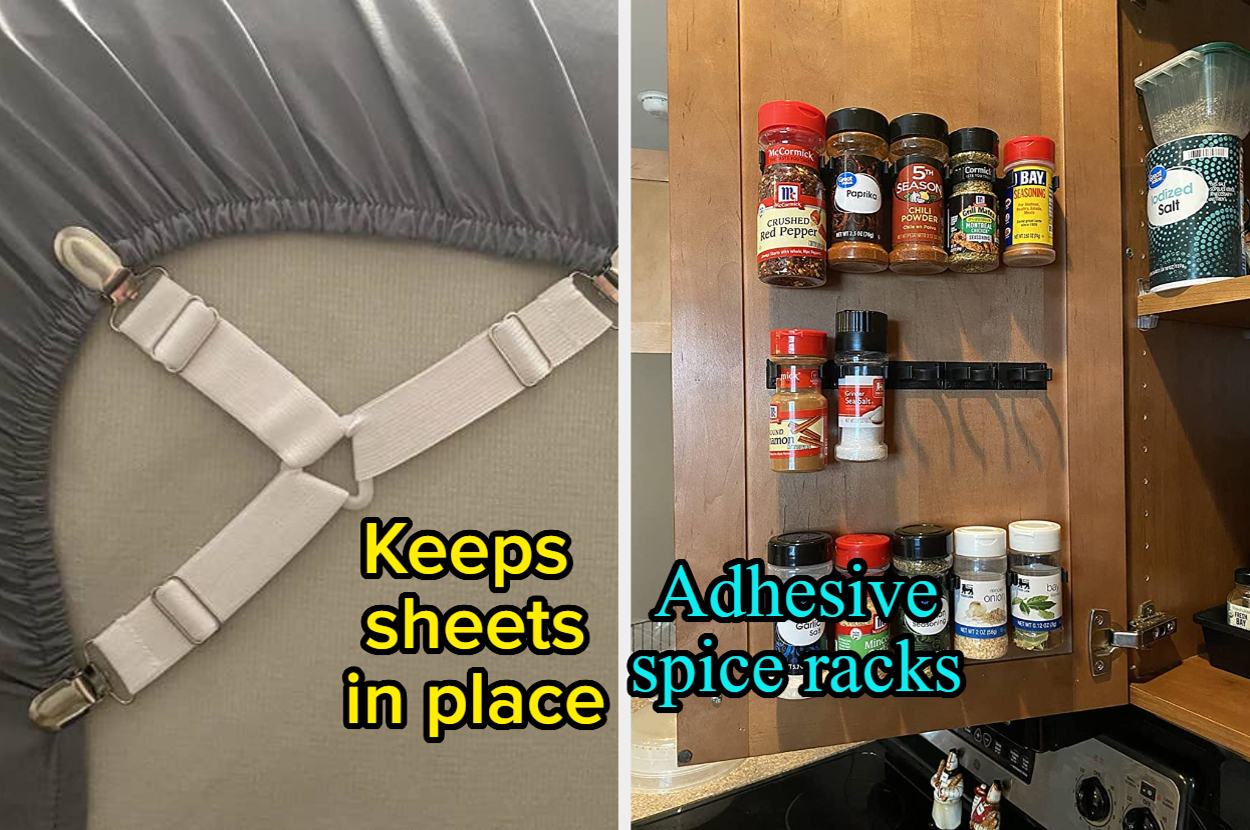A solar inverter is a device that converts the direct current (DC) electricity generated by solar panels into alternating current (AC) electricity, which is the type of electricity that is used in most homes and businesses. It plays a key role in a solar energy system, as it allows homeowners to use the electricity generated by the solar panels to power their homes. But how exactly does a solar inverter save electricity?
The first way that a solar inverter saves electricity is by converting the DC electricity generated by the solar panels into AC electricity that can be used in the home. This allows homeowners to use the electricity generated by the solar panels to power their homes, rather than relying on electricity from the grid. This can result in significant cost savings over time, as electricity from the grid is often more expensive than electricity generated by a solar energy system. Know more How UTL hybrid solar inverters generate more electricity?
Another way that a solar inverter saves electricity is by monitoring the output of the solar panels and ensuring that the system is operating at peak efficiency. It also provides important information about the performance of the system, such as energy production and system status. This information can be used to optimize the performance of the solar energy system and detect any potential issues. This can help to ensure that the solar panels are generating the maximum amount of electricity possible, which can result in even more cost savings.
A solar inverter can also work in conjunction with a battery storage system, which can save electricity by storing the excess electricity generated by the solar panels during the day so that it can be used at night or during other times when the solar panels are not able to generate electricity. This can provide a reliable source of electricity at night and during other times when the solar panels are not able to generate electricity.
Additionally, a solar inverter can also save electricity by working in conjunction with a grid-tied solar energy system. With a grid-tied system, the solar panels generate electricity during the day, which is sent to the inverter. The inverter then converts the DC electricity into AC electricity and sends it to the electrical grid. Any excess electricity that is generated by the solar panels is sent to the grid and can be used by other customers. This can help to reduce the overall demand for electricity from the grid, which can help to lower the cost of electricity for everyone.
In conclusion, a solar inverter is a key component of a solar energy system and plays a crucial role in saving electricity. It converts the DC electricity generated by the solar panels into AC electricity that can be used in the home, monitors the output of the solar panels and ensures that the system is operating at peak efficiency, and works in conjunction with a battery storage system, grid-tied solar energy system, and generator. All of these features work together to ensure that the solar panels are generating the maximum amount of electricity possible, which can result in significant cost savings over time. It’s important to consult with a solar expert to determine the best option for your specific needs and properly size the inverter for your solar panel array. Visit UTL Solar website for details.






Leave a Reply